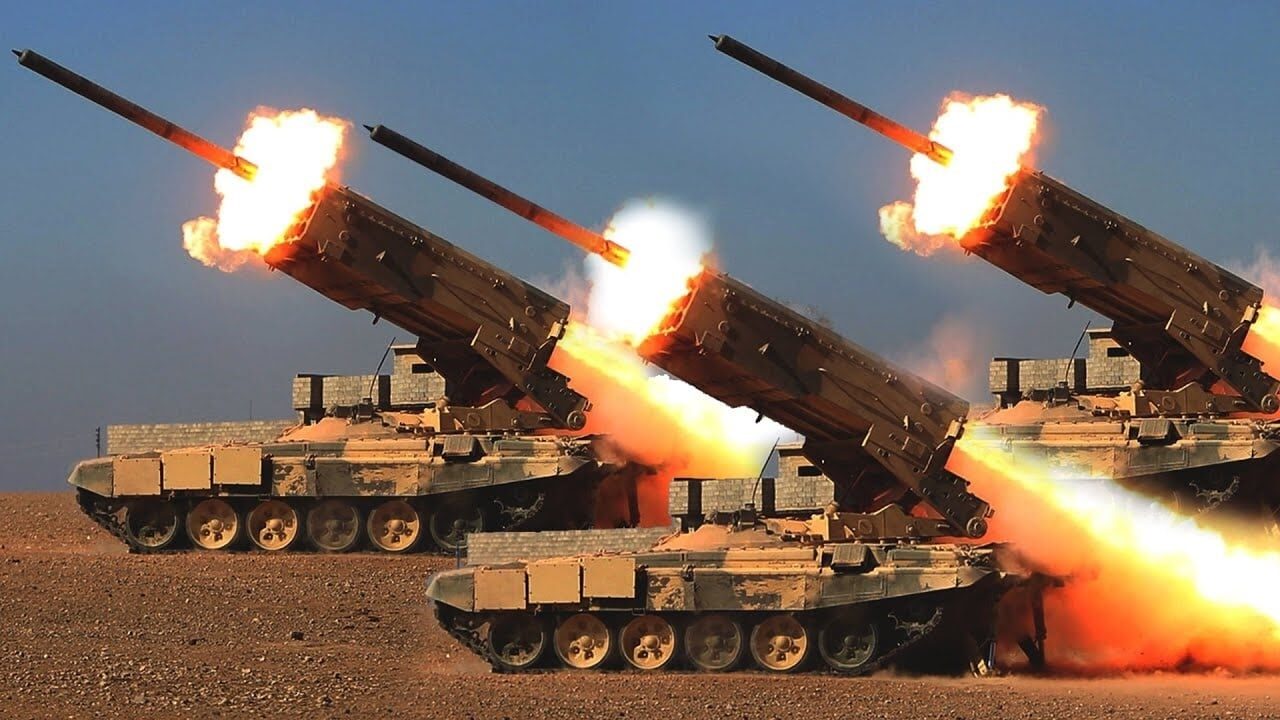On day 146 of the Russian invasion of Ukraine, the Russian military is struggling to gain any ground even after days of rest following a theater-wide operational pause. (read more on the operational pause here)
The Donbas
The situation in the Donbas has remained essentially unchanged. The Ukrainian forces are holding their own and are using with tremendous effectiveness the newest weapon systems they have received from the U.S. and the West. The High Mobility Artillery Rocket System (HIMARS), in particular, is wreaking havoc on the Russian logistical lines and ammunition depots and is thus slowing down the Russian offensive in eastern Ukraine. (read more on what HIMARS means for Ukraine here)
Russian Casualties
The Ukrainian Ministry of Defense claimed that as of Tuesday, Ukrainian forces have killed approximately 38,550 Russian troops (and wounded approximately thrice that number), destroyed 220 fighter, attack, and transport jets, 188 attack and transport helicopters, 1,691 tanks, 851 artillery pieces, 3,892 armored personnel carriers, 248 Multiple Launch Rocket Systems (MLRS), 15 boats and cutters, 2,767 vehicles and fuel tanks, 113 anti-aircraft batteries, 693 tactical unmanned aerial systems, 70 special equipment platforms, such as bridging vehicles, and four mobile Iskander ballistic missile systems, and 167 cruise missiles shot down by the Ukrainian air defenses.
The Russian military continues to suffer heavy casualties in Ukraine. Moscow is running out of men, and if Russian President Vladimir Putin doesn’t order a mobilization, then the Russian military will be facing some hard times by the end of the summer. Ad hoc measures to bolster the Russian frontline units—such as relying on poorly trained volunteer battalions or the mercenaries of private military companies—might be sufficient for now, but they can’t last the time and grind of the war.
Another bogus measure the Kremlin is having to rely on is targeting Russia’s ethnic minorities for recruitment.
“Russian President Vladimir Putin’s likely effort to put the burden of supporting operations in Ukraine on ethnic minorities to avoid conducting a general mobilization of ethnic Russians may be sparking resistance in ethnic enclaves in Russia,” the Institute for the Study of War assessed in its latest operational update.
“ISW and others have previously noted the prevalence of non-ethnic Russian battalions fighting in Ukraine, which include troops from Chechnya, South Ossetia, Tuva, Tartarstan, Bashkortostan, Chuvashia, and others. These indicators suggest that Putin may be unwilling to conduct general mobilization in part due to a reluctance to mobilize large numbers of ethnic Russians,” the Institute for the Study of War added.
Russian Force Generation Woes (Again)
In its daily estimate of the war, the British Ministry of Defense focused on numbers, specifically on Russian military numbers. For some time now, Moscow has been having trouble fielding enough experienced (or indeed unexperienced) men on the frontlines of the war. (read more on the struggles of the Russian military in Ukraine here)
Russia invaded Ukraine with approximately 200,000 troops.
Almost five months later, the Russian military has suffered up to about 40,000 killed and 120,000 wounded in action. These numbers are based on the official Ukrainian claims, and so are open to verification, but the data from Western and independent sources confirm a big portion of the Ukrainian claims. Only last week, Admiral Sir Tony Radakin, the British Chief of Defense, put the number of Russian (combined) casualties at approximately 50,000.
“Russia continues to commit what are nominally six separate armies to its Donbas offensive. At full strength, before the invasion, these formations were established for around 150,000 personnel,” the British Military Intelligence assessed.
“In recent weeks, Russia has often operated with company-sized groupings of around 100 personnel when undertaking offensive operations in any one sector at a time,” the British Ministry of Defense stated.
“Russia has struggled to sustain effective offensive combat power since the start of the invasion and this problem is likely becoming increasingly acute. As well as dealing with severe under-manning, Russian planners face a dilemma between deploying reserves to the Donbas or defending against Ukrainian counterattacks in the southwestern Kherson sector,” the British Ministry of Defense added.
“Russia’s stated immediate policy objective is to seize all of Donetsk Oblast. While Russia may still make further territorial gains, their operational tempo and rate of advance is likely to be very slow without a significant operational pause for reorganisation and refit,” the British Military Intelligence assessed.
1945’s New Defense and National Security Columnist, Stavros Atlamazoglou is a seasoned defense journalist specializing in special operations, a Hellenic Army veteran (national service with the 575th Marine Battalion and Army HQ), and a Johns Hopkins University graduate. His work has been featured in Business Insider, Sandboxx, and SOFREP.

